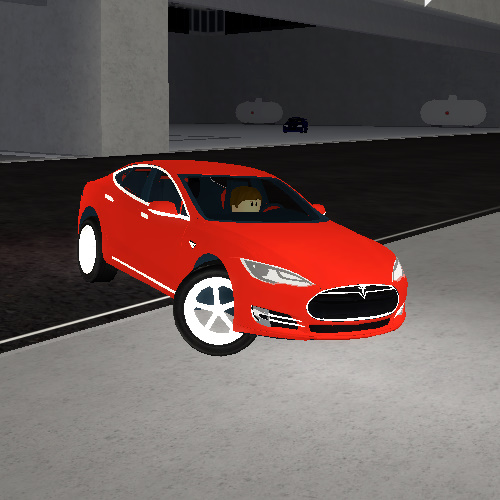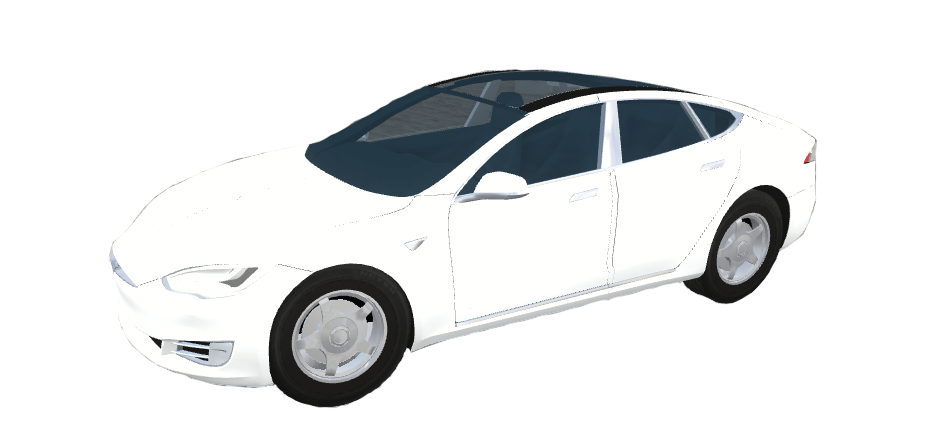
Concurrent applications must be executed in real-time in order to avoid creating the above-mentioned system latencies and reduce expectation violations for the driver.

High-speed computing is essential for creating virtual driving simulations for human drivers.
#VEHICLE SIMULATOR FRAMEWORK DRIVER#
Getting this right in a DIL simulator means that a driver will be able to detect vehicle tuning changes that might affect, say, yaw-from-steer and g-from-steer responses during a virtual test drive session.

Consideration of the time difference between the various cues, rather than independent assessments of each cue in isolation. Another important aspect of latency is the notion of synchronicity between the various driver cues, i.e. For example, there are mechanical lag and friction issues associated with moving large payloads on hexapods that cannot be overcome with even the highest levels of applied engineering and/or cleverness. But, in practice, there are a number of other subtleties to consider when referring to the term latency.įirst, it is important to recognize that in some DIL simulator architectures, latency issues are, unfortunately, systemic and insurmountable. In a simple sense, in order to assert that a DIL simulator’s latency is, say, 70 milliseconds, one could measure the occurrences of a few vehicle physics “demand” signals in time along with the corresponding changes in the simulator’s motion system, vision system, audio system and so on, and then equate the slowest responder to the overall simulator latency. In an engineering-class DIL simulator, inputs are vehicle states as calculated by a vehicle physics model and outputs are the inertial, visual, audio, and haptic cues that inform a driver about those vehicle states. Latency refers to the time domain delay between inputs and outputs. But alas, it’s just a framework In order to identify characteristics, we must dive into performance. These aspects could be used to set the basic framework for any “good” driving simulator that is meant to serve as an engineering tool.
#VEHICLE SIMULATOR FRAMEWORK SOFTWARE#
For example, you may wish to swap various hardware (dashboards, etc.) and software (vehicle modelling tools, etc.) for different DIL experiments, or it may be desirable to accommodate emerging technologies without disturbing the system as a whole (new projection technology, etc.).

Although it is desirable for all the pieces to fit together neatly, it is also desirable to be able to remove pieces from time to time. All of these sub-systems must fit together to create a cohesive whole, similar to a complete image emerging from a collection of discrete puzzle pieces. The question posed here is this: If we are interested in the engineering tool end of the spectrum, is it possible to puzzle out some of the defining characteristics of a “good” automotive driving simulator?Ī Driver-in-the-Loop (DIL) simulator is comprised of many sub-systems, just like a car - mechanical, electrical, control systems and so on.

As noted in previous articles, automotive driving simulators can take on many forms, ranging from consumer-oriented entertainment devices to industry-oriented engineering tools.


 0 kommentar(er)
0 kommentar(er)
